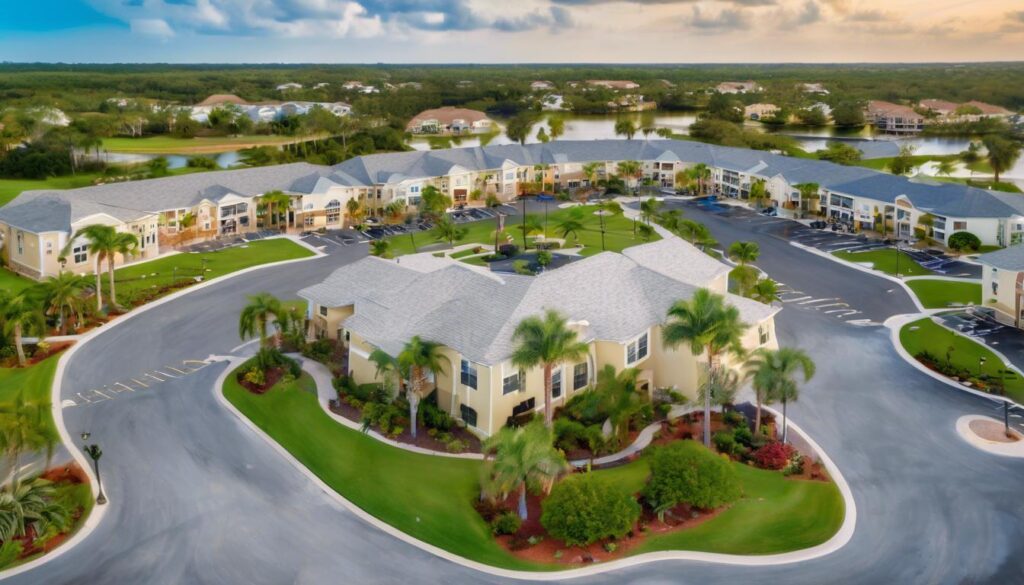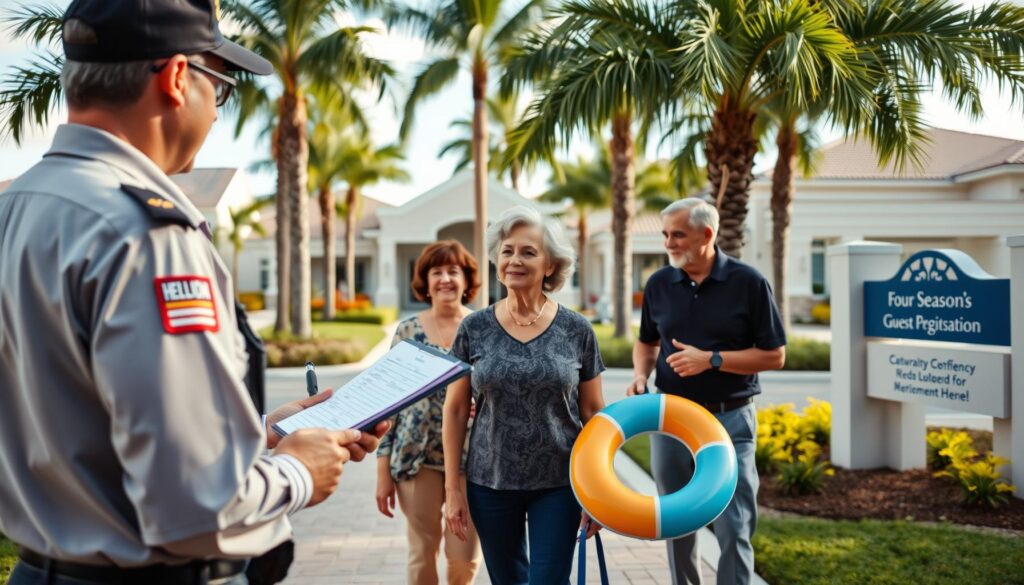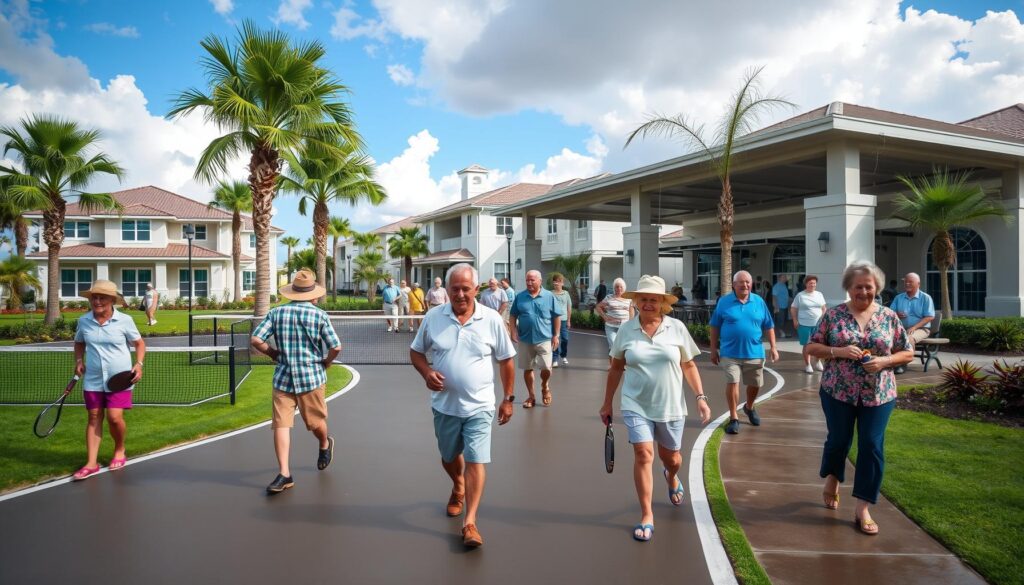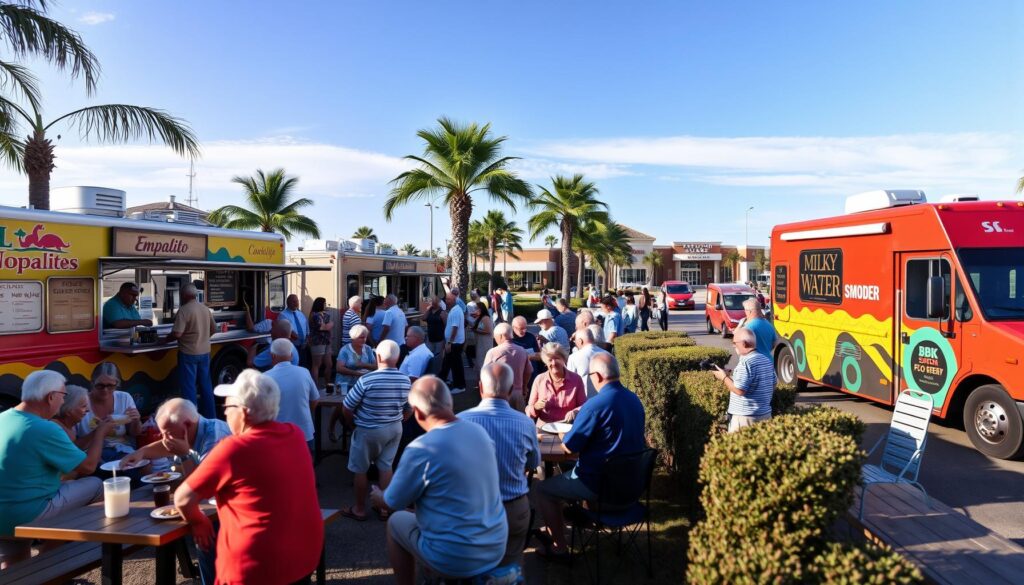Deciding between a 55+ community vs traditional neighborhood is an important consideration for retirees seeking the ideal living environment. Understanding the pros and cons of each option can significantly influence your lifestyle and satisfaction during retirement.
Understanding 55+ Communities
A 55+ community, also known as an active adult community or retirement community, is specifically designed for residents aged 55 and older. These communities offer amenities and services tailored to the needs and preferences of older adults.
Pros of 55+ Communities
- Age-Specific Amenities: Facilities such as fitness centers, pools, golf courses, and clubhouses specifically geared toward retirees.
- Social Opportunities: Regularly scheduled social events, clubs, and activities that foster community engagement and friendship.
- Low Maintenance: Many communities provide landscaping, exterior maintenance, and security services, reducing homeowner responsibilities.
- Quiet and Peaceful Environment: Age restrictions often result in a quieter, more relaxed atmosphere.
Cons of 55+ Communities
- Age Restrictions: Limited flexibility for younger family members or grandchildren to reside permanently.
- Homeowners Association (HOA) Fees: Regular fees can be higher due to extensive amenities and services.
- Less Diversity: Limited age diversity may not appeal to those seeking a vibrant, multi-generational community.
Traditional Neighborhood Living
In contrast, a traditional neighborhood typically has no age restrictions and offers a diverse range of residents, from young families to seniors. These neighborhoods are often characterized by varied housing styles, community parks, and local schools.
Pros of Traditional Neighborhoods
- Age Diversity: Opportunity to interact with residents of all ages, fostering a dynamic community environment.
- Family-Friendly: Ideal for retirees who prefer living near children and grandchildren.
- No Age Restrictions: Freedom and flexibility in housing options without age-based limitations.
- Lower HOA Fees: Typically lower or no HOA fees compared to specialized retirement communities.
Cons of Traditional Neighborhoods
- Fewer Specialized Amenities: Lack of amenities specifically geared toward retirees, such as senior fitness programs or healthcare services.
- Higher Maintenance Responsibilities: Homeowners are generally responsible for their own landscaping, exterior maintenance, and repairs.
- Potentially Noisier Environment: Presence of younger residents and families may result in a more active, noisier setting.
Factors to Consider When Choosing Retirement Community Options
When choosing retirement community options, several key factors should be considered to determine the best fit for your lifestyle and preferences.
Lifestyle Preferences
Consider whether you prefer a quiet, age-restricted environment or a lively, diverse neighborhood. Your social preferences and daily activities will significantly influence your satisfaction. For insights into aging and community living, refer to the National Institutes of Health.
Family Proximity
If being close to family, especially grandchildren, is a priority, a traditional neighborhood may offer greater flexibility and convenience.
Financial Considerations
Evaluate the cost differences, including HOA fees, property taxes, and maintenance expenses, to ensure the chosen community aligns with your budget. You can also explore financial planning resources at the Consumer Financial Protection Bureau.
Long-Term Needs
Assess your long-term needs, including healthcare accessibility, mobility considerations, and potential for aging in place comfortably.
Frequently Asked Questions About 55+ Community vs Traditional Neighborhood
What is the main difference between a 55+ community and a traditional neighborhood?
The primary difference is age restriction. A 55+ community is designed specifically for residents aged 55 and older, offering specialized amenities and services, whereas traditional neighborhoods have no age restrictions and feature diverse age groups.
How much do HOA fees differ between 55+ communities and traditional neighborhoods?
HOA fees in 55+ communities are typically higher due to specialized amenities and maintenance services. Traditional neighborhoods usually have lower or no HOA fees.
Are there social activities in traditional neighborhoods similar to 55+ communities?
Traditional neighborhoods may offer social activities, but they are generally less structured and not specifically tailored to retirees. 55+ communities provide organized events and clubs designed for older adults.
Can grandchildren visit or stay in a 55+ community?
Yes, grandchildren can visit and stay temporarily in most 55+ communities. However, permanent residency for younger family members is typically restricted.
Where are 55+ communities commonly located?
55+ communities are commonly located in areas popular with retirees, such as Florida, Arizona, and other warm climates, often near healthcare facilities, shopping, and recreational amenities.
Ready to explore more about the differences between a 55+ community vs traditional neighborhood? Download our FREE guide .
Port St Lucie 55+ Communities









